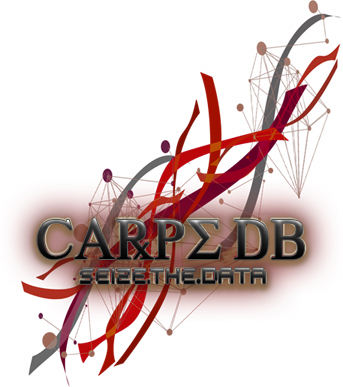
Human cortical heterotopia and neuronal migration disorders result in epilepsy; however, the precise mechanisms remain elusive. Here we demonstrate severe neuronal dysplasia and heterotopia throughout the granule cell and pyramidal cell layers of mice containing a heterozygous deletion of Lis1, a mouse model of human 17p13.3-linked lissencephaly. Birth-dating analysis using bromodeoxyuridine revealed that neurons in Lis1+/- murine hippocampus are born at the appropriate time but fail in migration to form a defined cell layer. Heterotopic pyramidal neurons in Lis1+/- mice were stunted and possessed fewer dendritic branches, whereas dentate granule cells were hypertrophic and formed spiny basilar dendrites from which the principal axon emerged. Both somatostatin- and parvalbumin-containing inhibitory neurons were heterotopic and displaced into both stratum radiatum and stratum lacunosum-moleculare. Mechanisms of synaptic transmission were severely disrupted, revealing hyperexcitability at Schaffer collateral-CA1 synapses and depression of mossy fiber-CA3 transmission. In addition, the dynamic range of frequency-dependent facilitation of Lis1+/- mossy fiber transmission was less than that of wild type. Consequently, Lis1+/- hippocampi are prone to interictal electrographic seizure activity in an elevated [K(+)](o) model of epilepsy. In Lis1+/- hippocampus, intense interictal bursting was observed on elevation of extracellular potassium to 6.5 mM, a condition that resulted in only minimal bursting in wild type. These anatomical and physiological hippocampal defects may provide a neuronal basis for seizures associated with lissencephaly.
[Full Text] [Submit New Annotation]